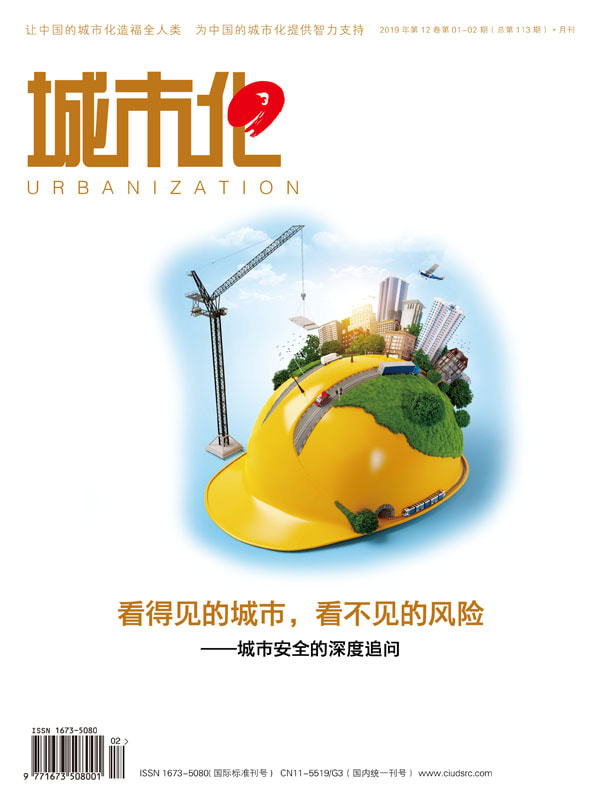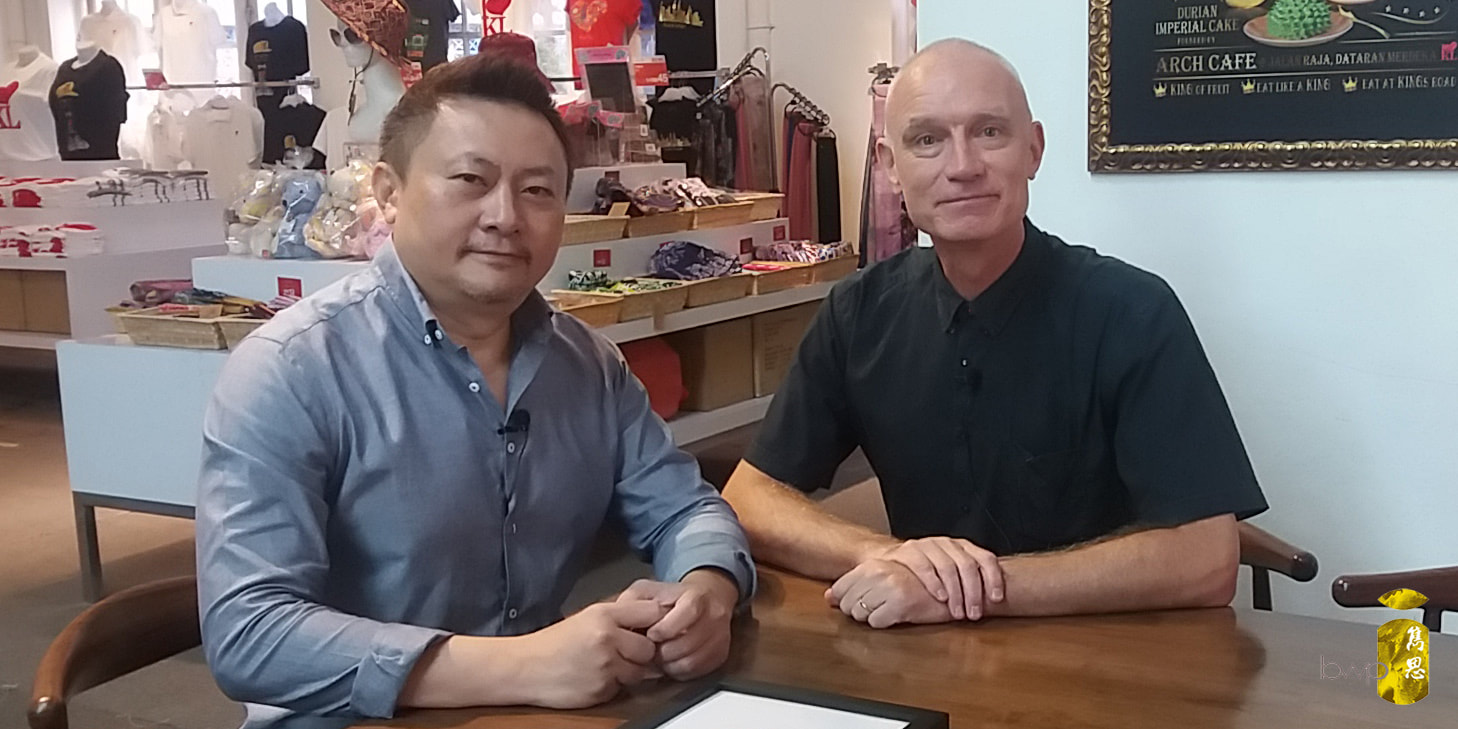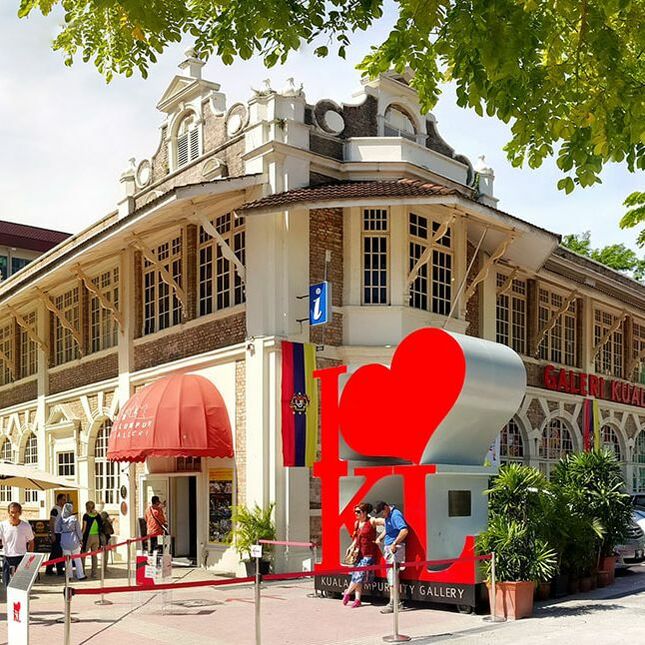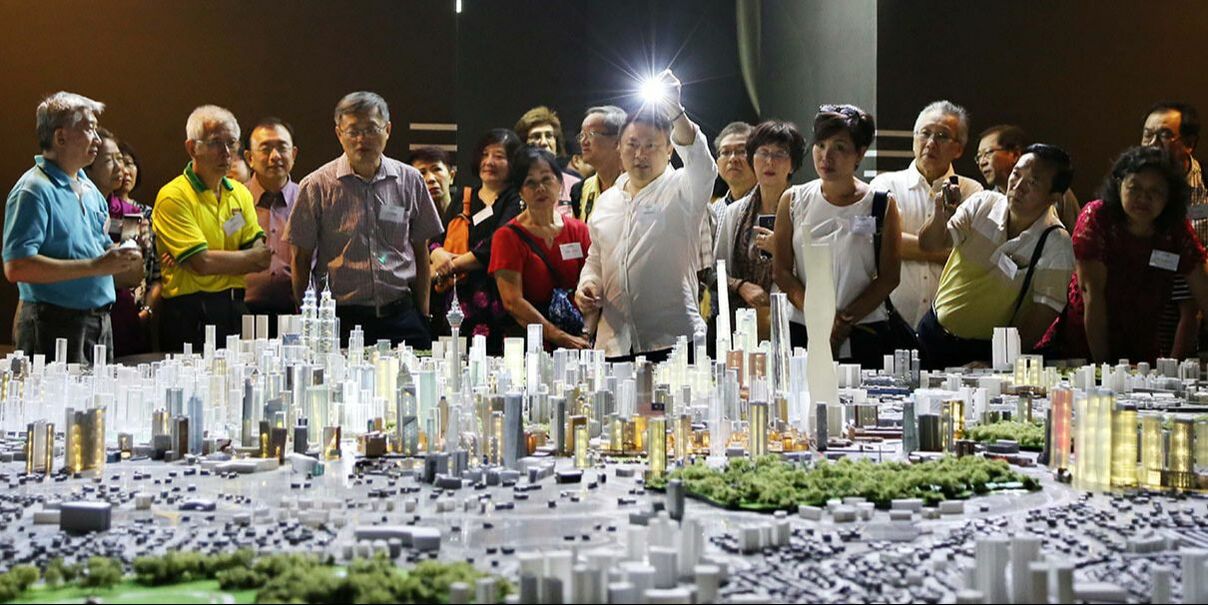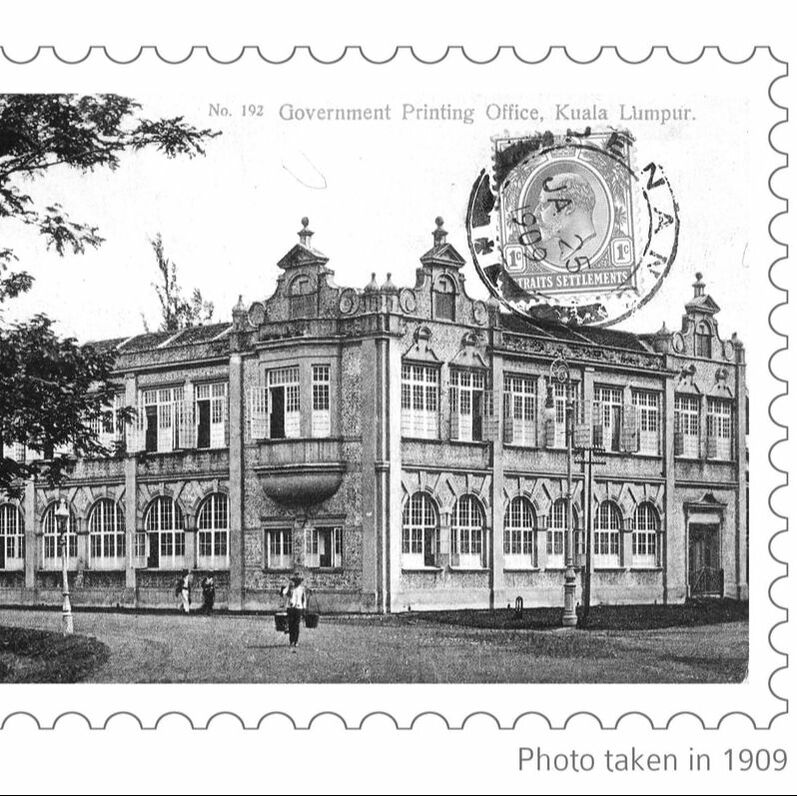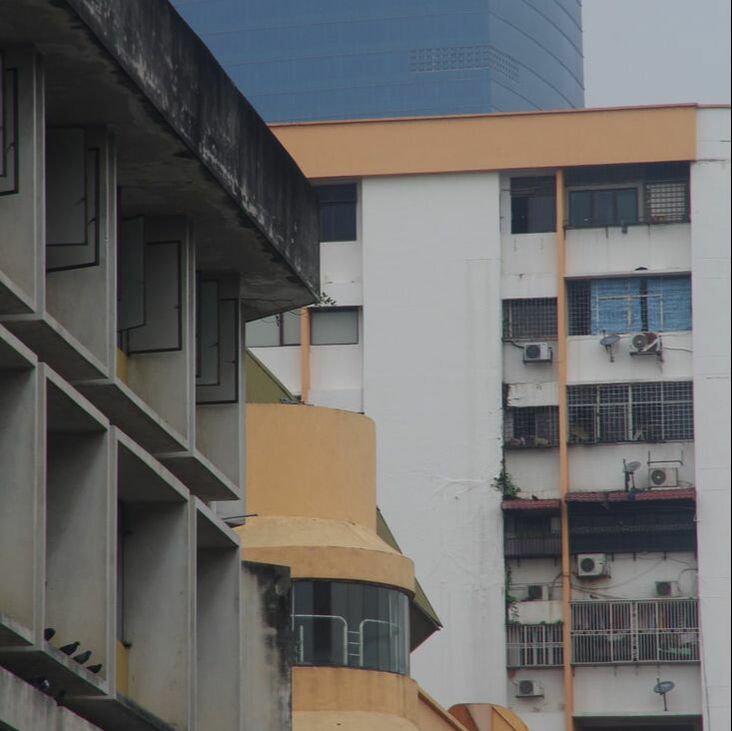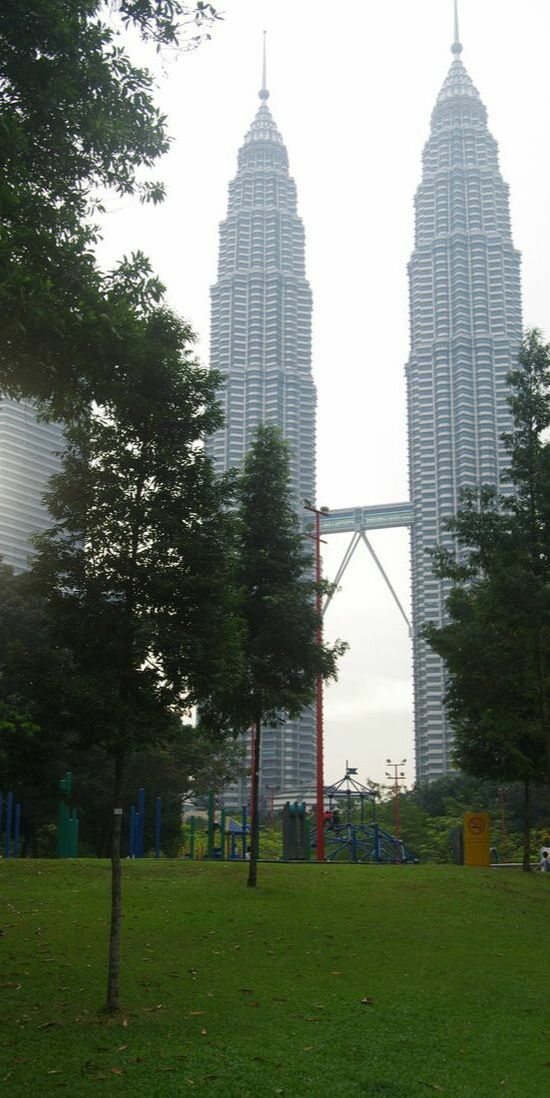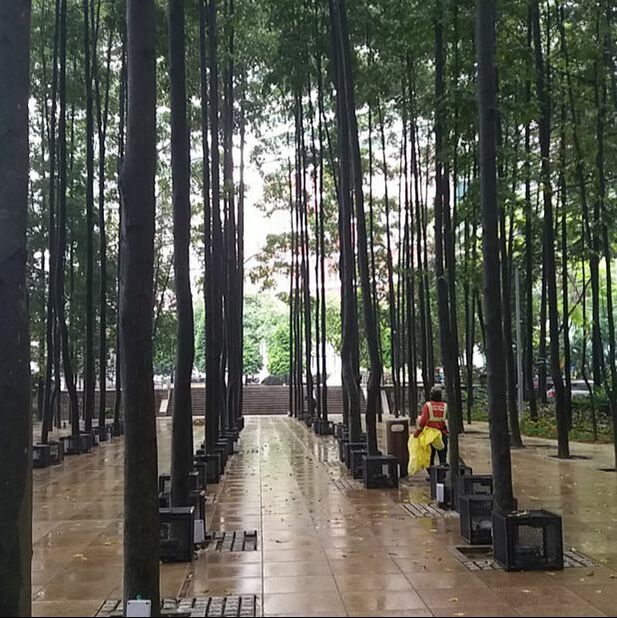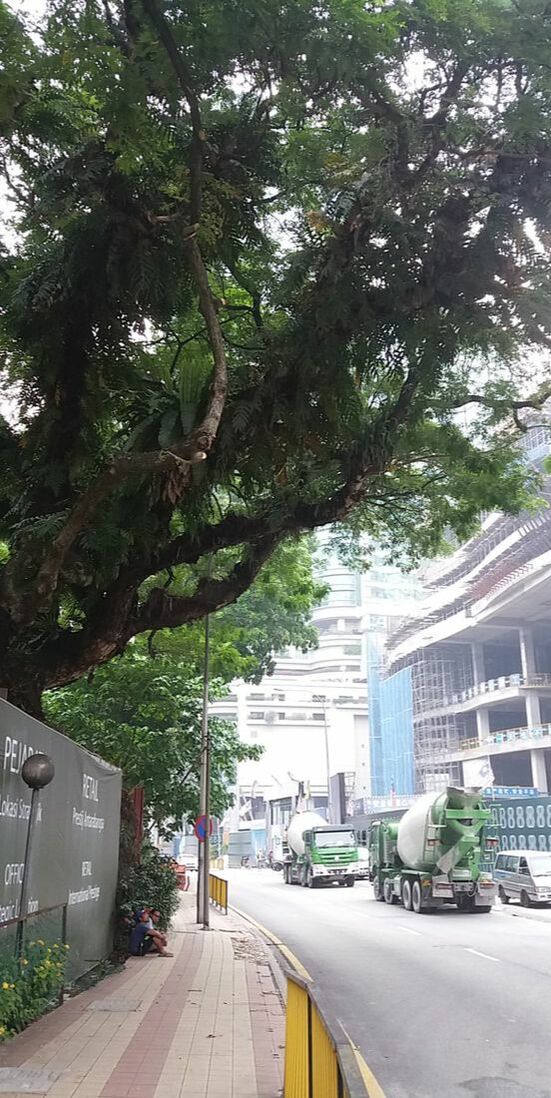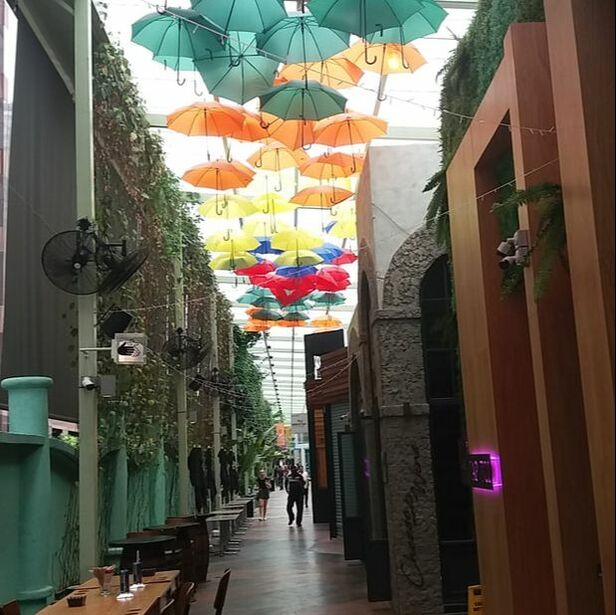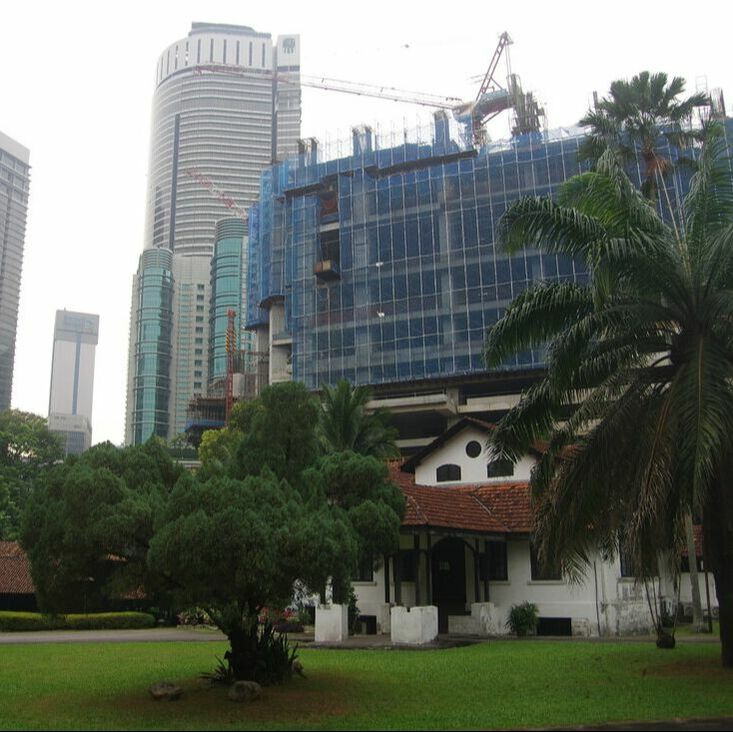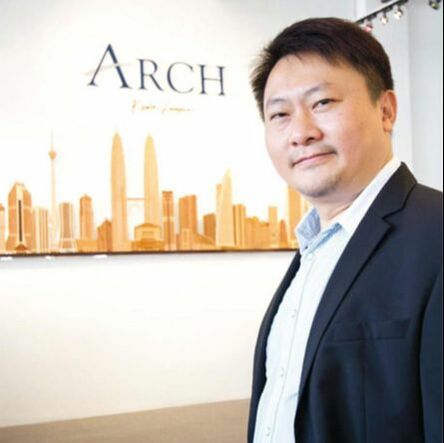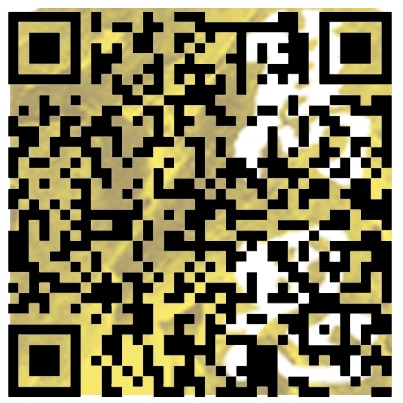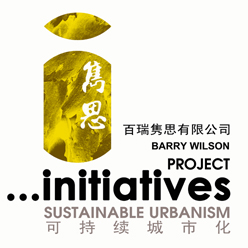|
BACK TO THE FUTURE
20/03/2019
Difficulties watching video? Please watch it on Youtube or Tencent video barryshares
It was way back in 2003 that I last visited Kuala Lumpur. In the 15 years since, the world has changed remarkably, and so has the city, being barely recognisable to me upon my return. To get a grasp of what’s been happening I met up with well-known local entrepreneur, Andrew Lee, CEO & founder of Arch Collection Sdn Bhd whose passion for his city has been at the heart of a heritage renaissance.
In 2012, Andrew established the Kuala Lumpur City Gallery, the essential starting point in providing tourists with information about the past, present and future of KL. Importantly the ‘Gallery’, where we meet, is based in the 120-year-old building that originally functioned as the “Government Printing Office” and is strategically located right at the centre of Kuala Lumpur’s heritage enclave - Dataran Merdeka (Merdeka Square). Protected under the Conservation & Heritage Protection Board, the area is the must-visit heritage destination, comprising many buildings, structures and icons originating from the establishment of the city.
GREEN OR GROWTH
In 1972 Queen Elizabeth visited KL for the first time and Andrew remembers the period well. “We lived in flats nearby Chinatown, my father was a chef at a big hotel and in those days we walked everywhere; it was very green, shaded and tree covered and we had a close knit community. Nowadays most of the trees have been lost and there are too many large roads to make walking convenient. It’s difficult to move around the streets and the city feels ‘hot’.” But he notes that changes are afoot. The completion of the Metro, LRT and Monorail projects are encouraging more people to walk again. “The city has been adding both trees and a network of pedestrian connections to major buildings. There are covered walkways and airconditioned skybridges.”
ONE CITY ONE HERITAGE
Andrew appreciates that both tourists and long-standing residents are able to appreciate the aesthetic and cultural history of a building or area. City Gallery is a clear declaration of his love for the city fabric he was born into and yet also represents his joy at being able to inform others about both the past, present and future. He wants the tourist to be inspired and have a greater appreciation and awareness of the country’s heritage issues, both architectural and cultural. The building remains owned by City Hall, however under the lease conditions, responsibility for the upkeep falls to Andrew. A burden not to be taken lightly, this public / private partnership model is however helping to breathe new life to old heritage, and acting as a catalyst for greater change in bringing vitality back to urban centres.
Andrew appreciates that both tourists and long-standing residents are able to appreciate the aesthetic and cultural history of a building or area. City Gallery is a clear declaration of his love for the city fabric he was born into and yet also represents his joy at being able to inform others about both the past, present and future. He wants the tourist to be inspired and have a greater appreciation and awareness of the country’s heritage issues, both architectural and cultural. The building remains owned by City Hall, however under the lease conditions, responsibility for the upkeep falls to Andrew. A burden not to be taken lightly, this public / private partnership model is however helping to breathe new life to old heritage, and acting as a catalyst for greater change in bringing vitality back to urban centres.
BACK TO THE FUTURE
2019/01/22
Quality not Quantity Makes Urban Liveability 2018/12/03 Mindset the Key to Changing Cities 2018/09/26 An Ecology of Urban Spaces 2018/08/07 Managing Trees in the Urban Environment 2017/10/31 Housing is not a Speculative Commodity |
Driven by a passion for architecture, ANDREW LEE – founder and CEO, designed his initial range of veneer art pieces on heritage buildings and iconic landmarks. Over time, to meet the demands of different market segment, the range of designs expanded to include flora and fauna and a wide range of cultural and heritage themes
|
Services |



